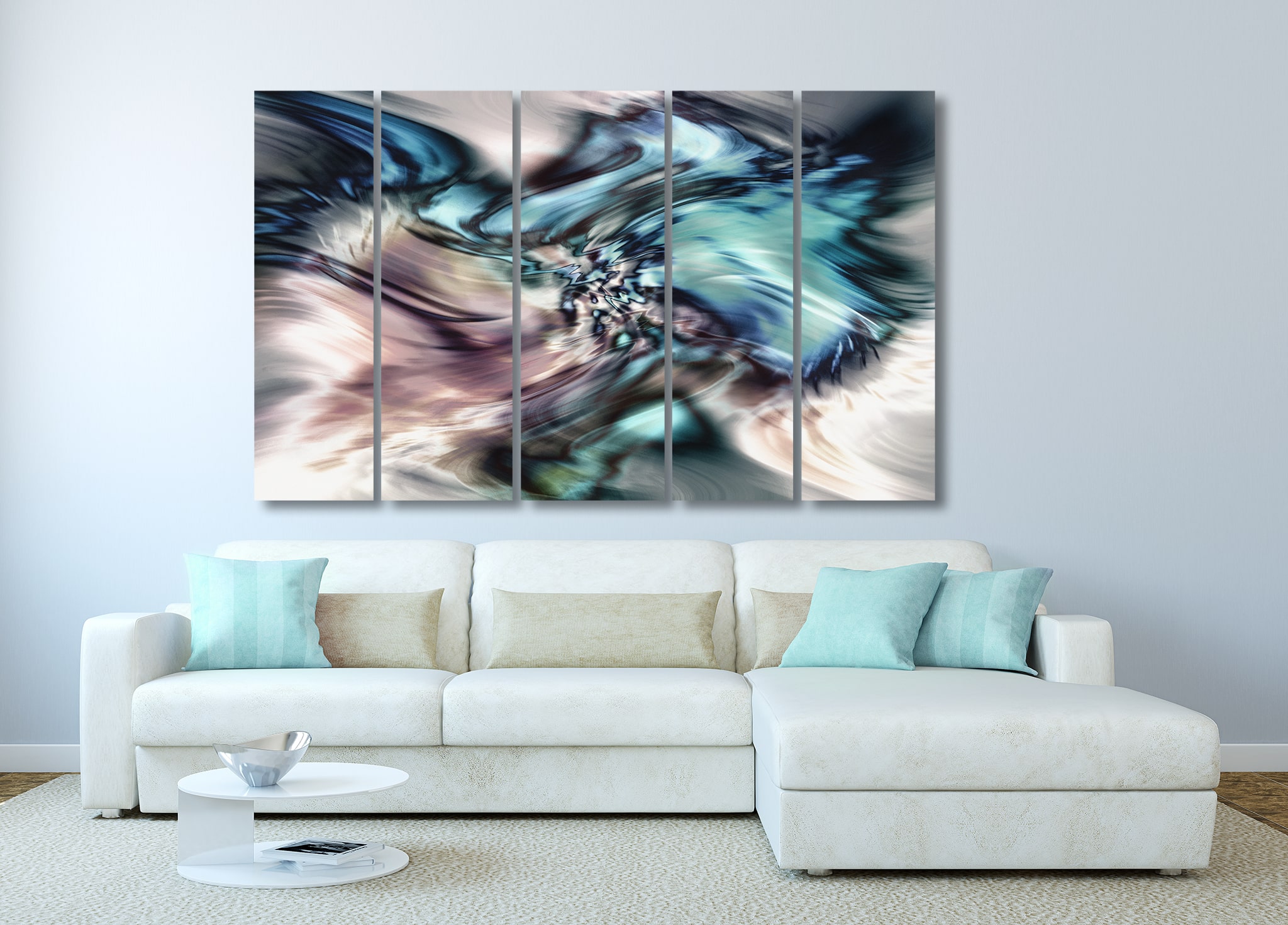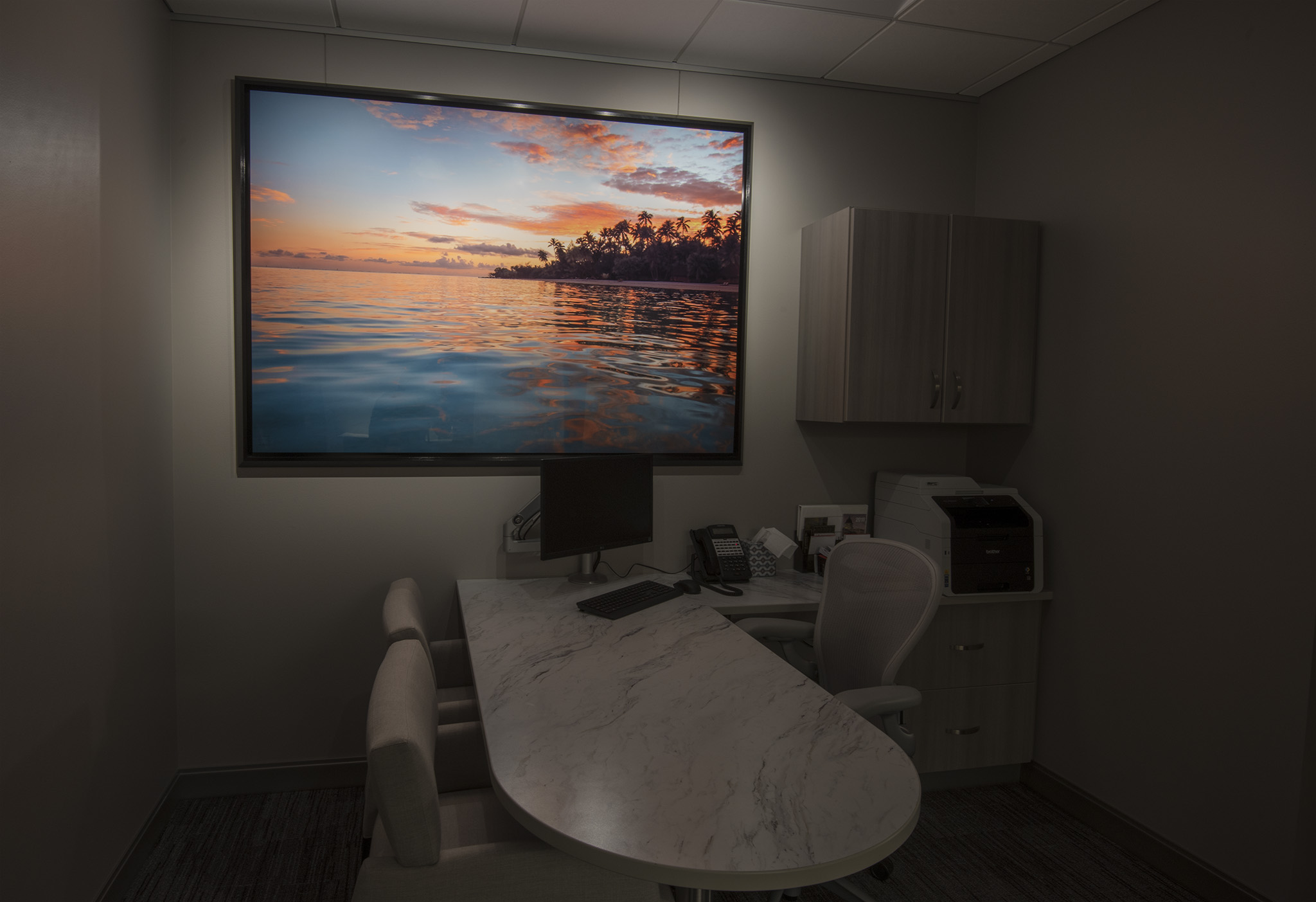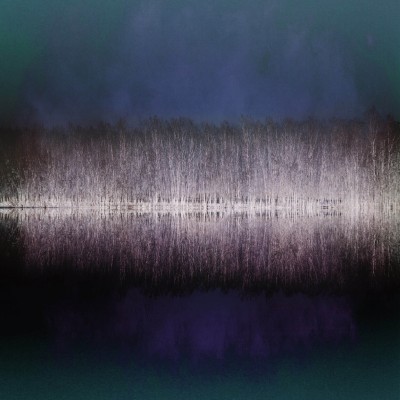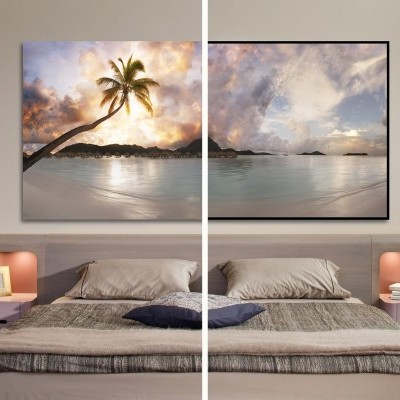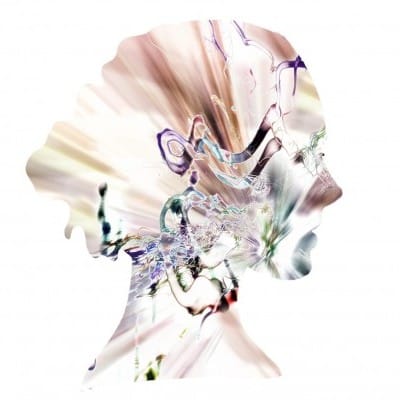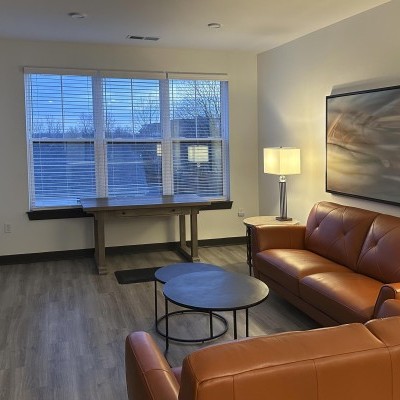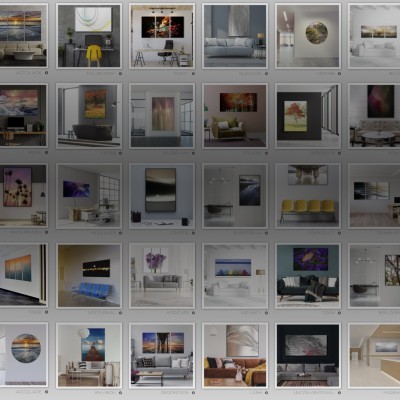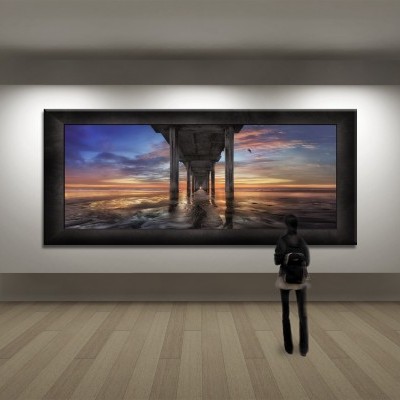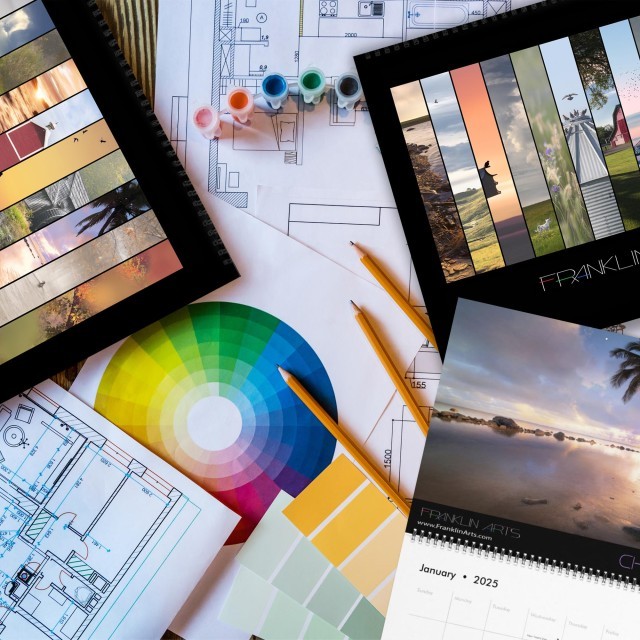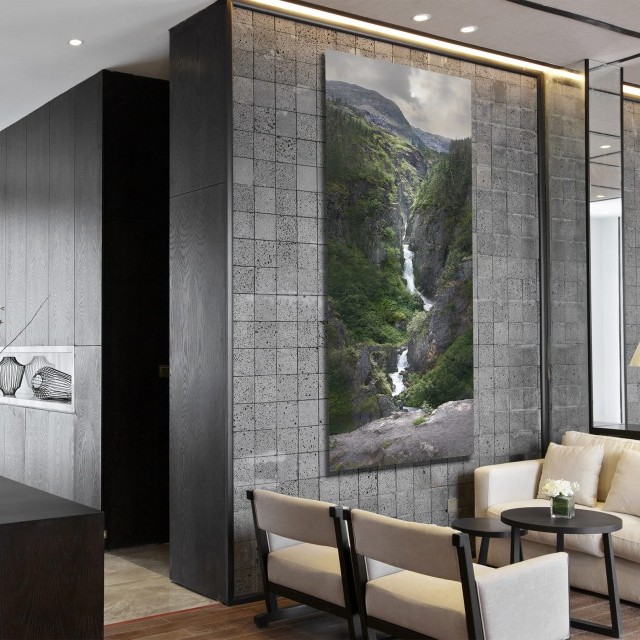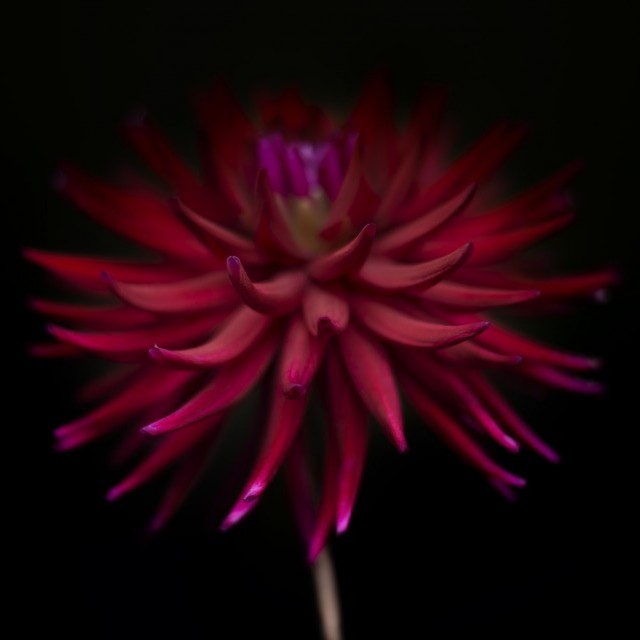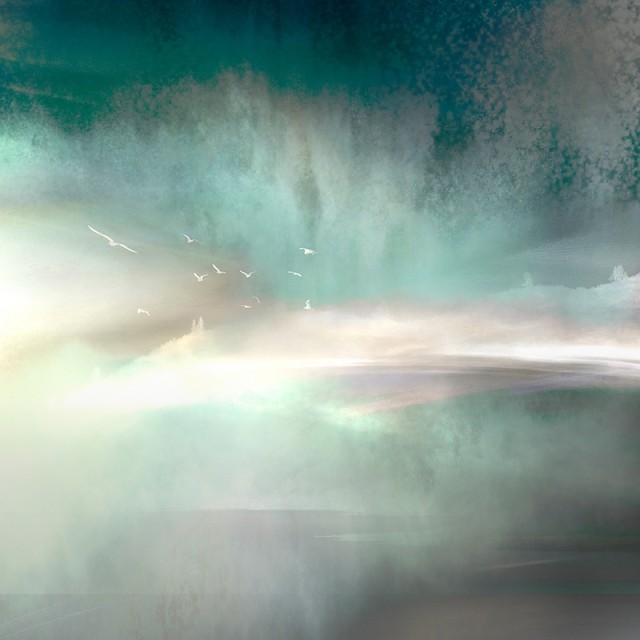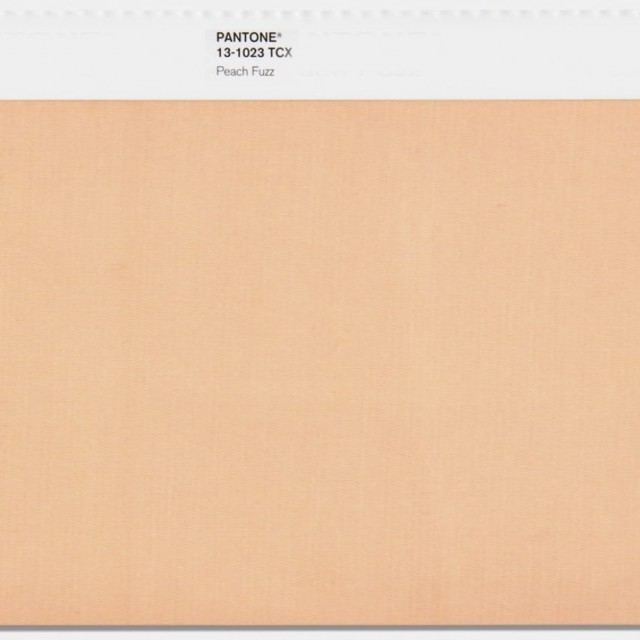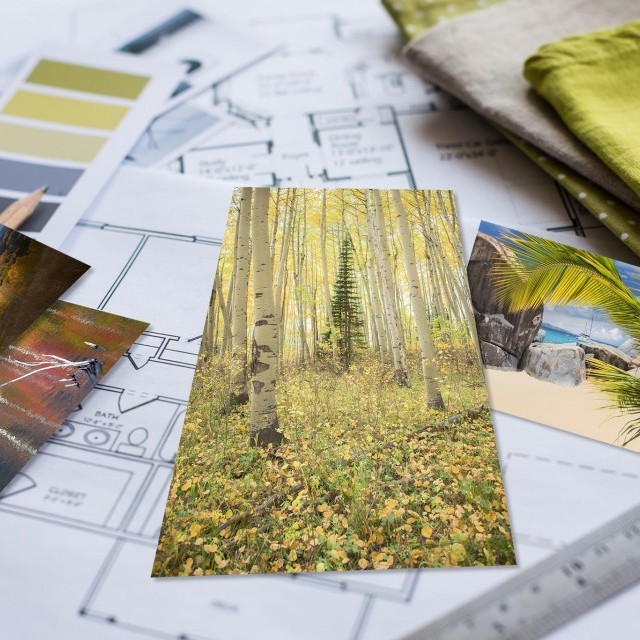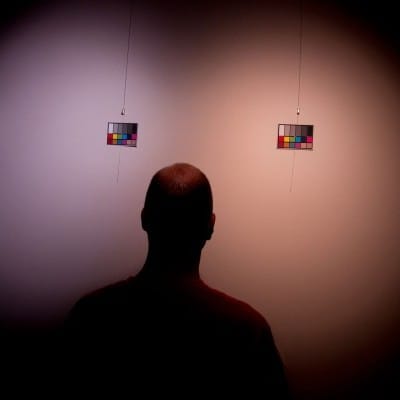
The secret is out.
Metal prints continue to build momentum in the art arena---people are loving metal. It has quickly become one of the most popular materials (substrates) to print on.
Why are metal prints so popular?
Metal prints are hard to describe without seeing them in person, but I will give it my best attempt. If you have seen metal artwork, you might understand why people go a little crazy for them.
The magic of dye sublimation infuses the color into the aluminum metal print, giving the image a vivid sharp quality and luminance that is hard to match in any other substrate.
Always remember: Not all metal artwork is the same.
This is an important fact most people don’t realize. A cheaper way of creating metal artwork is to print directly on the metal print without infusing it (dye sublimation). This results in lackluster results. Literally.
Another way to make metal art cheaper is to print on inferior aluminum or metal. Some of these can be about as thin as a can of Coke, so you can imagine what might happen if you bump into it.
In general, indeed, like everything in life, you tend to get what you pay for.
Metal Finishes
Metal has numerous finishes and different companies and labs have different names for them, but they essentially mean the same thing. I will use the most common terms to describe the metal finishes:
High Gloss
The metal print has a white ground base infused first with the image overlaid on top to give it the most vibrance and color possible. This is the most popular since it has the wow effect people are after. This has the maximum “shine” and reflective properties available to give it that shiny “showroom” effect. This shine, however, can be a drawback if the art is hung beside or across from a window or uncontrolled lighting conditions, resulting in harsh glare on the artwork. If lighting is controlled, I almost always recommend high gloss.
Semi-Gloss
This is a toned down gloss that curbs some glare, but still gives you a somewhat glossy look. If there’s a slight concern with glare, I might recommend this one to play it safe.
Satin
Consider this to be the “matte” finish with little shine and meant to conquer glare. If glare is a major enemy or the image itself needs to be toned down a bit, I use satin. It still has a modern look and keeps the art's image in the forefront so it can be enjoyed with little to no glare.
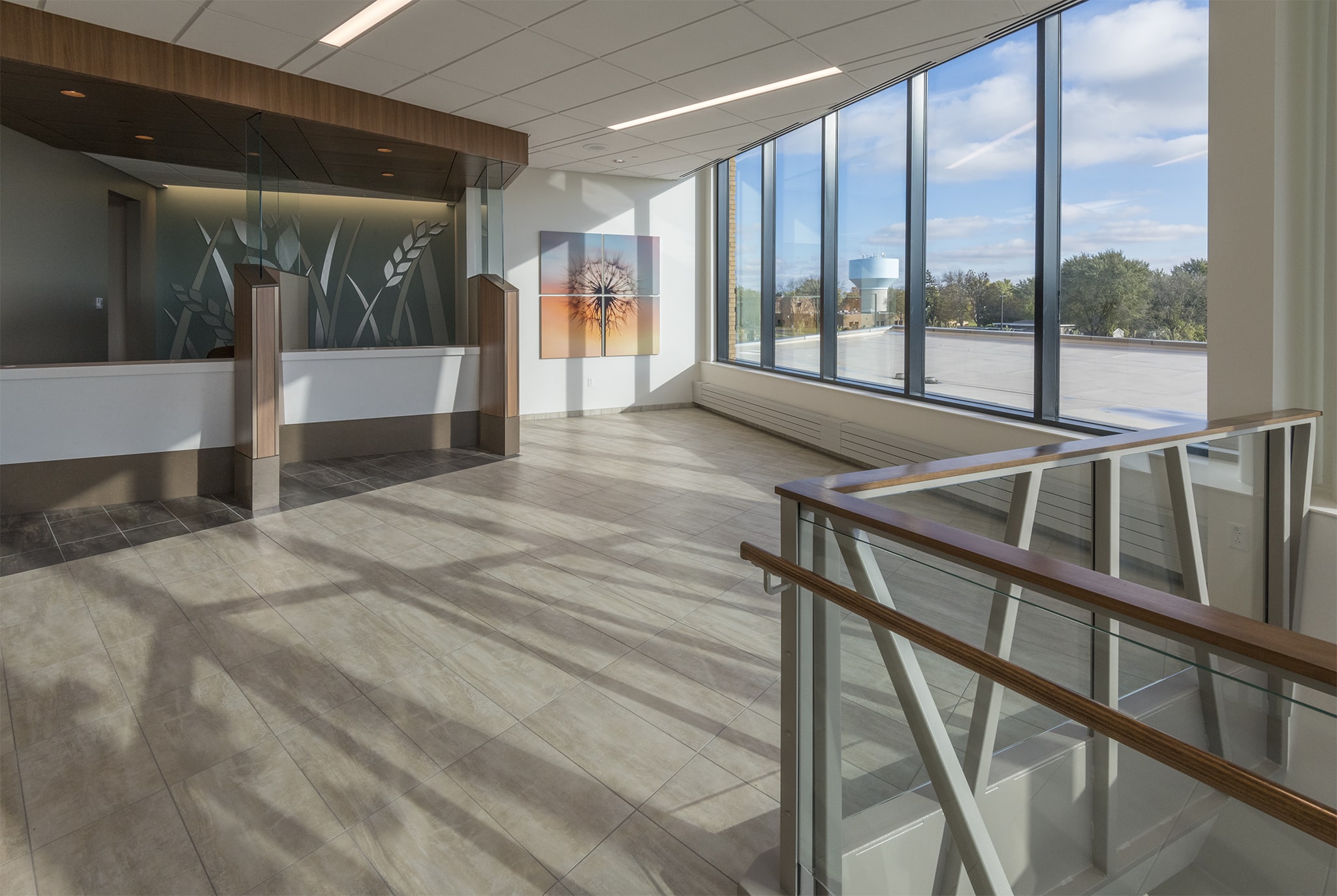
Transparent Glossy
This metal print does not have a white base layer, but instead, the image is infused into the metal, allowing the metal to appear. The metal shows through the whitest and brightest parts of the image. This has the most metallic look as the image intermixes with the metal. This can look striking if used strategically with the right image.
Transparent Matte
This metal print also lets the metal appear through the brightest parts of the image but has a matte/ satin finish to curb glare. It tends to give it a bit more subdued, metallic look.
Metal is a perfect choice for you if:
- The art has an array of color tones, palettes, and vibrance levels. Metal has a beautiful way of separating color tones and contrast, giving the image an amazing quality.
- The image is sharp with a lot of contrast, the metal will enhance it to mesmerizing levels.
- You love a more contemporary, transitional, or modern look, this is hard to beat.
Are there any bad choices of imagery on metal?
The simple answer is:
Almost never.
The longer answer is:
If budget is a major concern, sometimes metal can be a bit overkill for certain images. For example, if you have a subdued color palette and/or texture in the image, canvas might be a great alternative and you can save money at the same time. I’ve seen metal make almost any image dazzle.
Still not sure if metal is the right choice?
Take this art material substrate selector quiz to learn what might fit you best.
